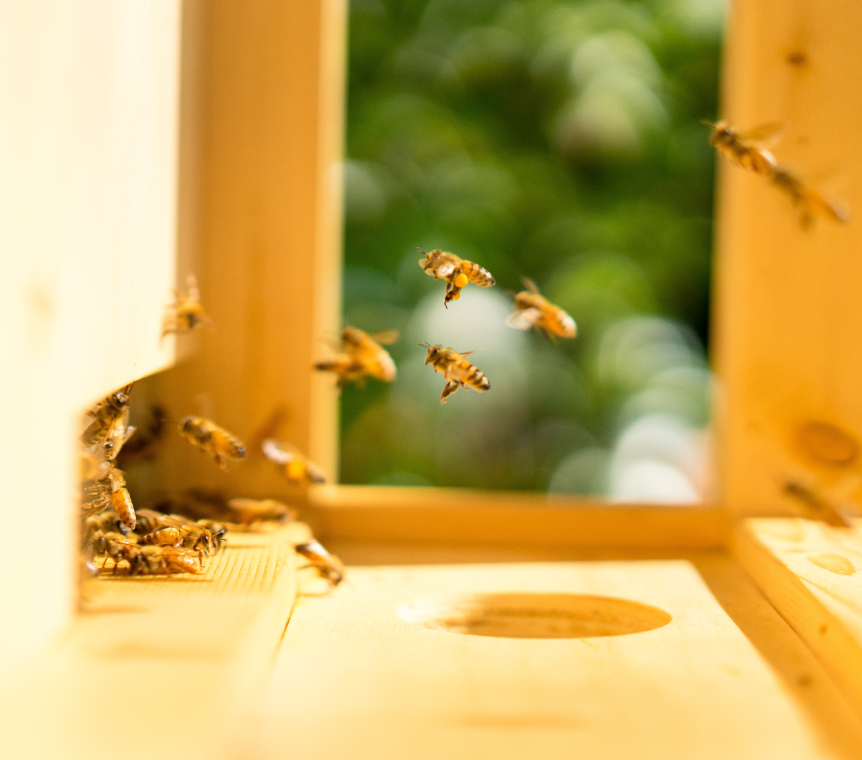Pollination
While honey bees are gathering nectar, they’re also fertilizing flowering plants. Pollination occurs when pollen is transferred from the anthers of a flower to the ovules of another flower. This pollination greatly increases the quantity and quality of many crops including a variety of fruits, vegetables, legumes, and nuts such as almonds.
Also, while many pollinators are important contributors, honey bees have several traits that make them well-suited for the job of crop pollination:
- they can be managed and moved in large numbers from crop to crop by beekeepers;
- they are resilient generalists which means they forage on (and pollinate) many types of blooms;
- they are considered by growers to be the best “bang for your buck” for pollination.








